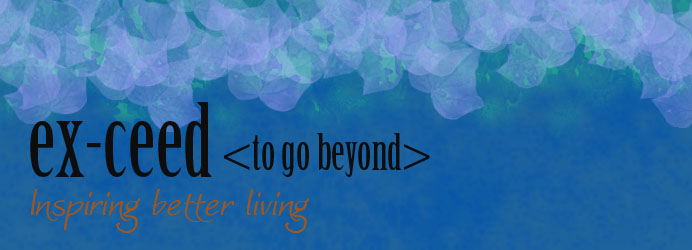
Never satisfied; well, not for long. The artist, poet and writer – ever swinging between canopies of creative plethora and creative abyss – can hardly contend with the lack of balance. Yet that is life for these.
Those in the creative arts, and certainly many others apart, must surely know a hint of what it’s like to have bipolar disorder (without offending those with the disorder). Given a particular hour they are high on endorphins with an influx of ideas and kudos; stimulus comes without limit. At those times they hardly keep up but they take in what’s coming to the best of their present abilities. Then comes the inevitable dip—the hour or day following; ideas stop or settle into the less inspirational category and feedback dries up.
Two Falsehoods Heralding Imbalance
What is reinforced during these times are two things which are both false.
In one way we’re uncomfortable with what is too much at one time and too much good feedback—our consciences doubt the sincerity of the feedback and what this is saying at a deeper level is we doubt ourselves. We also don’t want to be pushed past our limits. What is good is sometimes too good.
Perhaps like a drug our levels of satisfaction begin to ride on a higher plane and we get used to this new level of ‘intoxication’. When this level is adjusted again lower, then it is we really feel it.
The other way of imbalance is worse. We’d prefer the former. When both creativity and feedback dry up we begin to seriously doubt—and this is a challenge to our very identities. “Are we a _______ or not?” And, “What is this saying about my aspirations?” If we’re not careful we’ll plunge into that abyss again. This is an ‘alone’ world no one wants to visit.
The Real Deal
The poem If by Rudyard Kipling majors on many divisible themes around the maturity of balance, but one that stands out in the present discussion is the line about both Triumph and Disaster being imposters.
Our consciences adjudicate for us often quicker than our otherwise influential perception—that which we’d prefer to believe for our egos’ sake.
Perhaps as we are tempted to go either way from the midpoint we’re advised not to stray too far one way or the other, but to go instead with our consciences. This being safety for us, we stay in the middle and just believe what is there in front of us.
The midpoint is the real deal.
What is, is.
And we often have to come back to it. Why should we otherwise be swayed to believe about ourselves some divergent sense of falsehood; this often knocking the creative breath out of us as if we were winded, stammering for inspiration whilst clamouring on canvas.
Imbalances we will always have. Our opportunity is to acknowledge either falsehood as either enters the doorway, greet it politely, and yet still go onto where we were going in the first instance.
© 2010 S. J. Wickham.

No comments:
Post a Comment